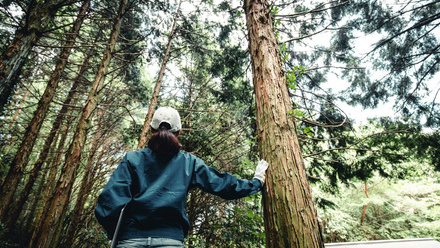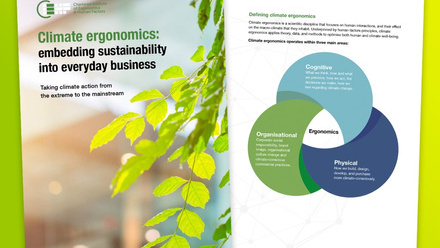Living with nature
Around one million of the world’s species of plants and animals are threatened with extinction as human activity changes the global environment. Miles Richardson, founder of the Nature Connectedness Research Group, is using human factors thinking to spread the message about the biodiversity crisis and our relationship with the natural world.
He created the Biodiversity Stripes – a visual representation of the declining number of species that uses bars of colour to show how 69% of the world’s wildlife has been lost since 1970. The stripes have been adopted by the global Nature Positive campaign and displayed at the Natural History Museum in London.
Miles believes that human factors approaches can create more sustainable communities and a new way of living with nature. But he also warned this could mean a shift in how we think about our relationship with the world around us.
Miles said: “To fully realise this, human factors needs to take a difficult step, to recognise that it should not be human-centred. De-centring humans and moving towards life-centred design unites both human and nature’s wellbeing. Emphasising our genuine place within the broader natural world would help re-align our mindsets and mental models, providing deep leverage for the transformational changes required for a sustainable future. To return from a grey to a greener world, it’s time for human factors to move on from solely fitting the task to the human, to refitting the human to nature.”
Read more about the Biodiversity Stripes and Miles’s work in the upcoming issue of our members’ magazine, The Ergonomist. You can also download our free guide to climate ergonomics.






